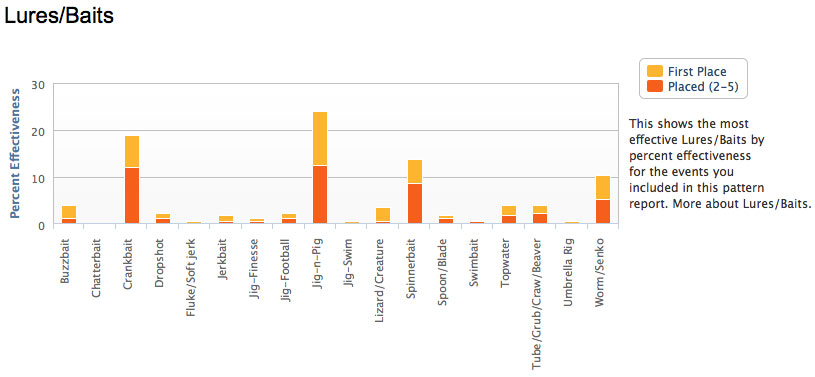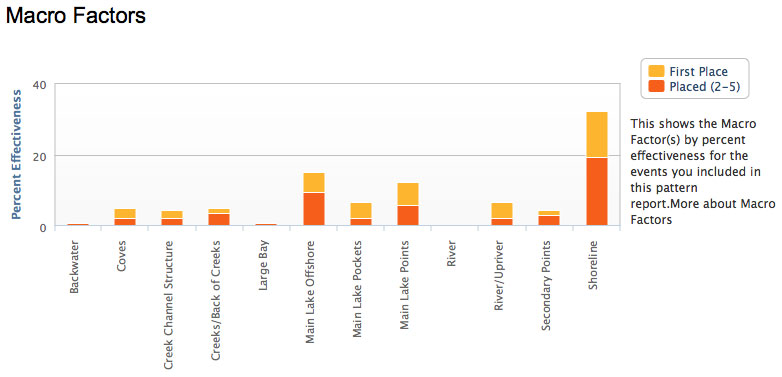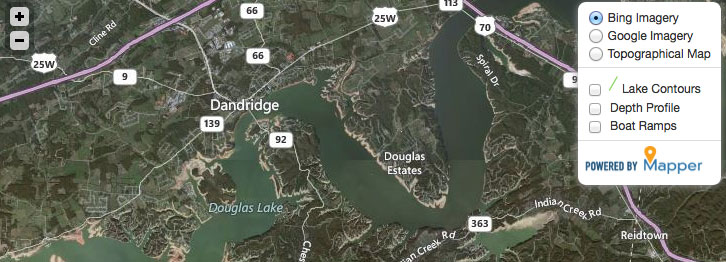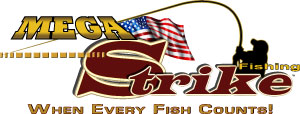BassGold Preview: Oakley BBT at Douglas
Douglas Lake, TN – Oct. 19-20
Two great things about this time of year at Douglas Lake are:
- It’s the fall, so the bass should be biting several ways places (in other words, it should suit a couple different fishing styles).
- Douglas is an upland reservoir, which means it’s a great pattern lake: Figure ’em out one way, then replicate that elsewhere.
Before getting into what BassGold says about Douglas this time of year, here are a few things to consider:
1. Always bear in mind the current conditions. BassGold’s data covers many years and most weather conditions, but always factor in what BassGold says with what you’re seeing on tournament day.
2. This is just a quick overview of the info BassGold has, but there’s a lot of info in there. That’s gold, and you can get more gold by applying what you know to what BassGold shows.
3. BassGold’s data is based on thousands of tournament patterns (mostly), which means it’s not what should or might work, it’s what has definitely worked. Have confidence in it even if it’s counterintuitive. BassGold’s pattern info was second-guessed several times on the Elite Series, and ended up being right every time.
Overview
Since much of BassGold’s fishing pattern database is from tournaments, it does not have much information for Douglas in the fall. When there’s not enough data for a lake-specific Pattern Report, BassGold searches within a state and then across a latitudinal band (because fish movement depends on seasonal sunlight cycles) for pattern info for the same lake type – because waters of the same type, even many states apart, fish very similarly.
All that means in this case is that for this Pattern Report, BassGold uses data for upland reservoirs across the middle of the country. Here’s what it shows:
The top three bait types are jigs, crankbaits and spinnerbaits, with worm/Senko fourth. Two things to take away from that: These all replicate the “high-calorie” items fish want in the fall; and you can choose to fish either fat or slow.
Shoreline is the #1 best area, followed by main lake points and offshore, and then creeks, pockets and coves. Look for an upriver bite too. One of these areas may be best – you’ll know when you see exactly what stage the fish are in.
This is an upland reservoir so “hard” cover (docks, wood, rocks) is the deal. Good luck!
_____
Six things to keep in mind about big bass:
1. Big bass follow the same patterns as smaller bass and can be caught the same way as smaller bass. The key, which BassGold helps you with, is to not waste time in dead or low-production areas.
2. Big bass are often caught in tournaments – because all bass follow similar patterns.
3. Big bass can be around smaller bass, but big bass will be on the best spots on structure or around cover. It might be a boulder, a 6-inch depression or something else, but it will be something.
4. Big bass can be loners. Don’t be afraid to fish, for example, a lone stickup or stump.
5. Big bass usually, but not always, move slower than smaller bass.
6. Big fish often are more sensitive to fishing pressure and boat traffic than smaller bass.
For more information, go to BassGold.com. Sign up for the daily BassBlaster email at: bassblaster.bassgold.com
Category: Analysis, Oakley Big Bass Tour, TN








